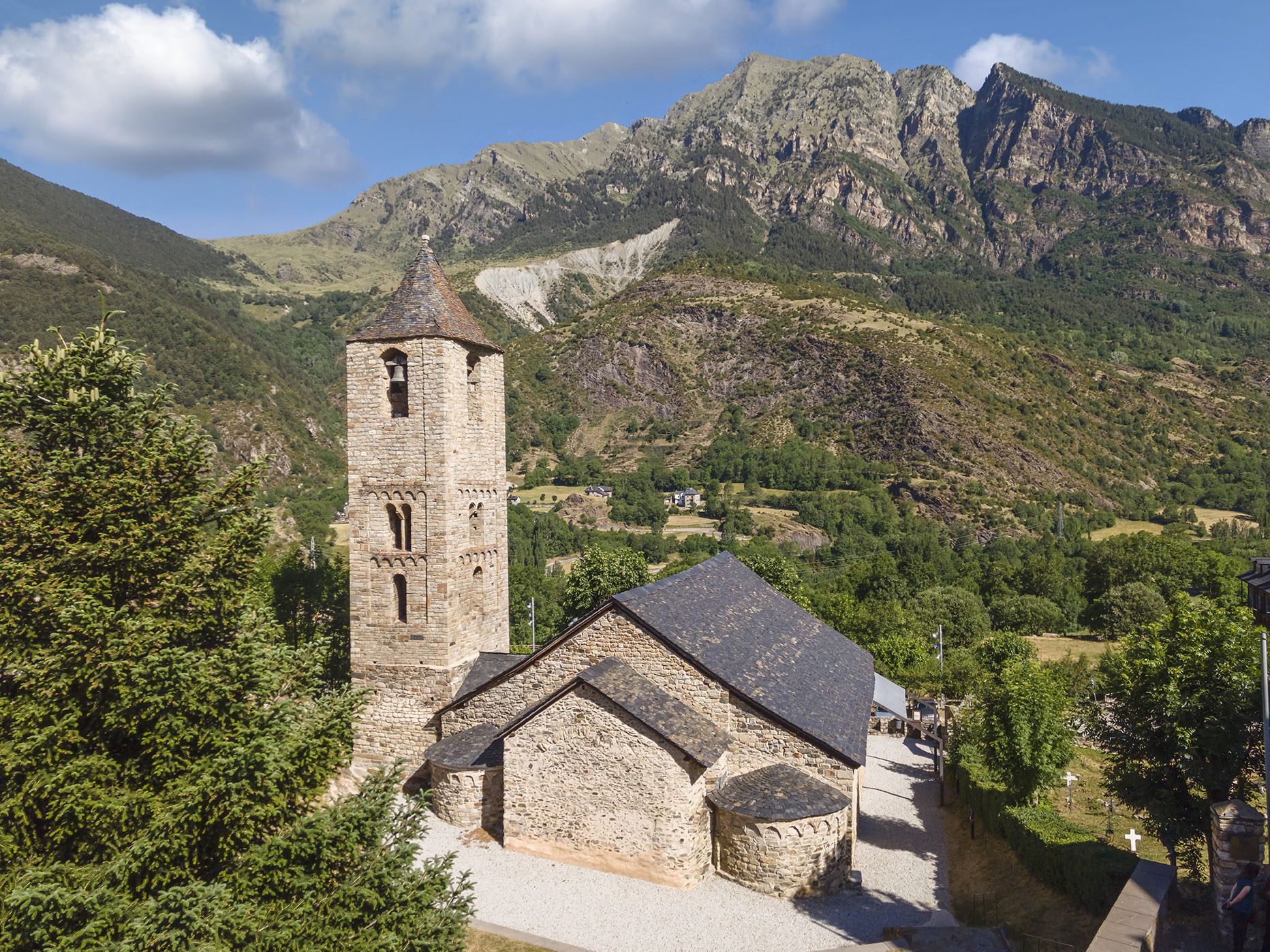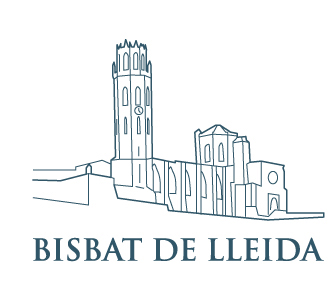In Sant Feliu de Barruera you can find architectural elements from the two great eras of construction in the Vall de Boí: the 11th and 12th centuries.
The constructive differences between each century are evident in the two apses preserved in the church: the 11th-century apse, decorated with blind arches and Lombard bands and with an irregular layout is very different from the ashlars in the 11th-century apse.
The remodelling of the church and the assets preserved inside show us how the churches in the valley adapted to the tastes and needs of the community, which has used them from the 12th century to the present day without interruption.




























